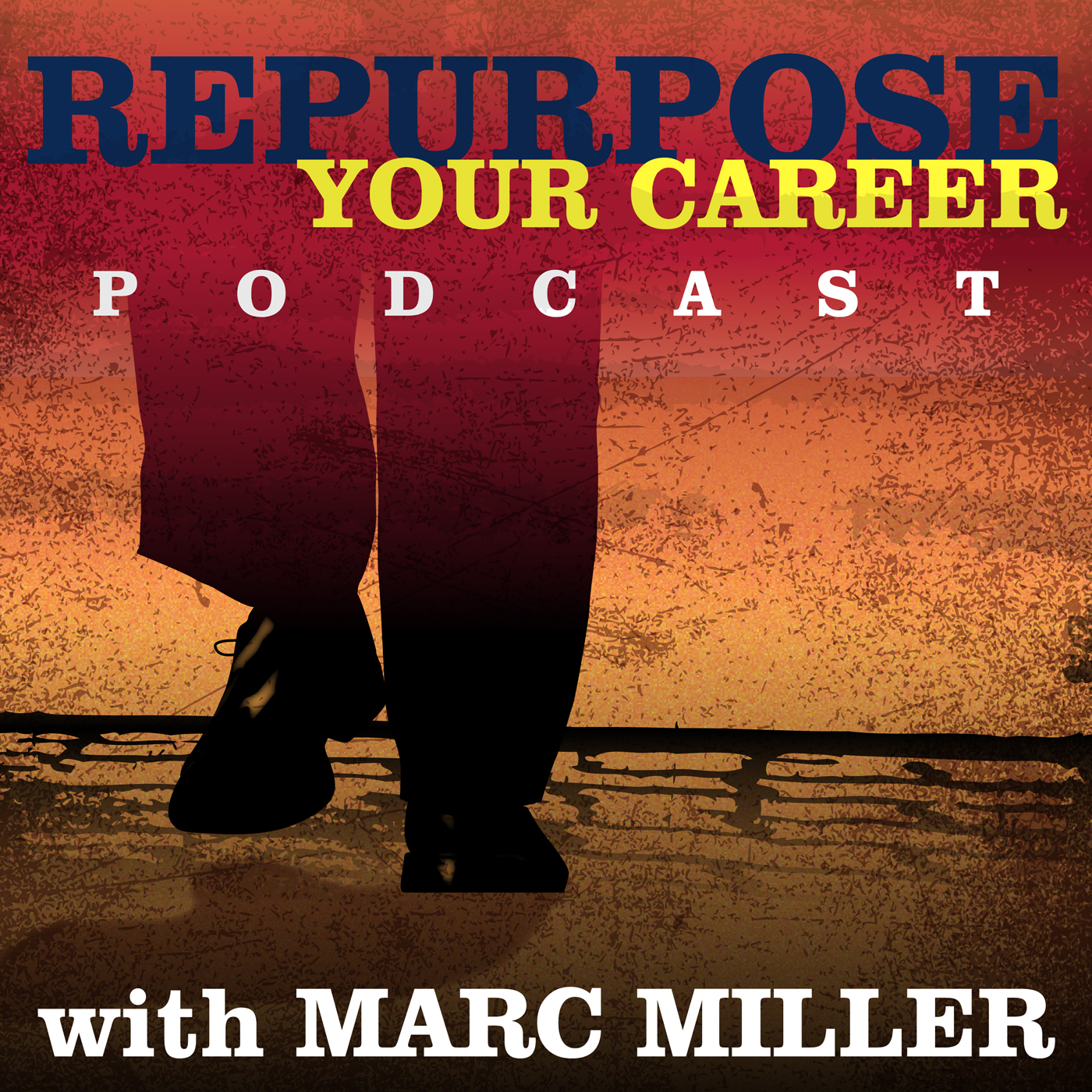Resume Screeners

Ten years ago, you would’ve written your resume solely with the hiring manager in mind. Today, your audience is still the hiring manager, but also resume screeners. Resume screeners, also called “applicant tracking systems”, search, filter and parse each resume to determine which candidates are the best fit for the position. This all happens before the hiring manager even sees them. What does ATS mean for you? Your audience should shift slightly away from the hiring manager in favor of ATS. Check out these 10 no-fail ways to get your resume by ATS.
1 . Do your research
In order to properly build a resume, you must first research the job you are applying for. The job posting is a great place to start. What is the hiring manager looking for in a candidate? How does your experience match up to what they are looking for? Mold your resume based on the answers. Extra tip: you can even tweak past job titles to match the one in the job posting. As long as it is essentially the same position, it will work in your favor.
2. Tailor
Why the research? After resumes are all put into the ATS, hiring managers search by keyword. If your resume isn’t a match with the searched keywords, the hiring manager won’t see it. You must tailor your resume for each job, scanning the job posting for keywords and skills, and listing them on your resume.
3. Reformat
There are three main types of resume formats: chronological (the most common), functional and hybrid. Choose the format that puts your experience in the best light. For example, if you have a traditional work background, chronological is best because it highlights work experience. If you are lacking experience, the functional or hybrid resume might be a better option for you.
4. Simplify your font
Font is one of the pesky little things that can make ATS parse (sort) the information in your resume incorrectly. Stick to the basic, easy-to-read fonts to make sure you’re in the clear. Times New Roman is a safe bet.
5. … and your structure
Format and structure are not the same thing, but they are both important. Format refers to the order in which you set up the information in your resume. Structure is the backbones that you use. The trick is to keep the structure very simple. For example, most ATS do not know how to parse tables or columns, so it’s best to avoid them.
6. Let your experience speak for you
Try to fight the urge to show your personality by using bright colors or graphics on your resume. Create a resume that makes you stand out based on your experience instead. While bright colors might seem like a good way to get the hiring manager’s attention, this tactic will likely get your resume sidelined by the ATS before he/she ever sees it.
7. Choose tenses wisely
Keywords added to your resume should match the keywords in the job posting exactly. That means you must use the exact same tense. For example, “project manage” and “project managed” might not be a match in all ATS. Extra tip: It’s a myth that your resume needs to be written in past tense. Both “manage” and “managed” can be used in one resume as long as it makes sense and matches the job posting.
8. Standardize your headings
There’s a theme developing here–don’t get too fancy when it comes to your resume. The same is true for headings. Refrain from being too creative with the titles of your section headings. The goal is for ATS to properly parse your resume into the system. Stick to headings like “Professional Experience” and “Education”.
9. Clarify acronyms
It’s best for ATS and hiring managers if you spell out acronyms–even if the meaning is obvious to you. You can put the acronym in parentheses if you feel inclined to include it. For example, “Bachelor of Science (BS)” or “Master of Business Administration (MBA)”.
10. Edit
The resume editing process refers to spelling, grammar and excess information. Read over your resume, have a friend read it over, and make use of tools like grammarly.com. Most hiring managers will only have a few seconds to scan your resume, so your job is to make sure there is no unnecessary information clouding the good stuff.
While using just one or two of these tips will help your chances, it’s the combination of them that will get your resume  past applicant tracking systems. Take the time to build the best resume for each job–you won’t regret it.
past applicant tracking systems. Take the time to build the best resume for each job–you won’t regret it.
This post was written by James Hu, who is the founder and CEO of Jobscan (www.jobscan.co), an analytics tool that helps job seekers land more interviews by comparing one’s resume against any job description for keywords and match rate. Follow Jobscan on Facebook, Twitter and Instagram
Like What Your Read? Get Career Pivot Insights
Do You Need Help With ...

Check out our Help Center where you have access to 14 different content portals.



Marc,
Not that I would suggest trying to get a job by applying to posted jobs. Many are not real jobs. Some recruiters use this to improve their job postings. Many of these jobs posted are already filled, but some companies will still post jobs to comply with Equal Opportunity.
Equal Opportunity is rarely checked and enforced. About 2-4 percent of hiring takes place purely from posted jobs. Those are called cold bodies. Having a contact within the targeted company, have your resume delivered to the hiring manager. You become a warm body this way.
No reason to even have H.R. involved at all, if possible. For those that do want to submit a resume to a job board, or apply directly to a company, a recruiter friend in Plano has written two books on how to best format this so that it makes it past the ATS. These are both by Dirk Spencer-corporate recruiter
Resume Psychology
The Candy Maker Resume
Important facts are leaving one and a half inches on all sides of the resume.
Use normal bullets, anything fancy often will get kicked out by the ATS software.
Same goes with italicized words. Often the result, a human will never see this.
Resume Psychology describes the normal eye movement for recruiters and hiring managers looking at a given resume. The placement of key words into the right place on the resume matters.
All resumes submitted into an ATS will get scored. So, if someone is going to do this, it helps to understand how to write a resume, so that it will go through an ATS, and also get scored higher than other applicants.
Again, this is not the hidden job market. Posted jobs are ones where when posted, no internal candidates could be identified.
You would be amazed at what can change from what the hiring manager wants to what ends up in a posted resume. Often they are very different.